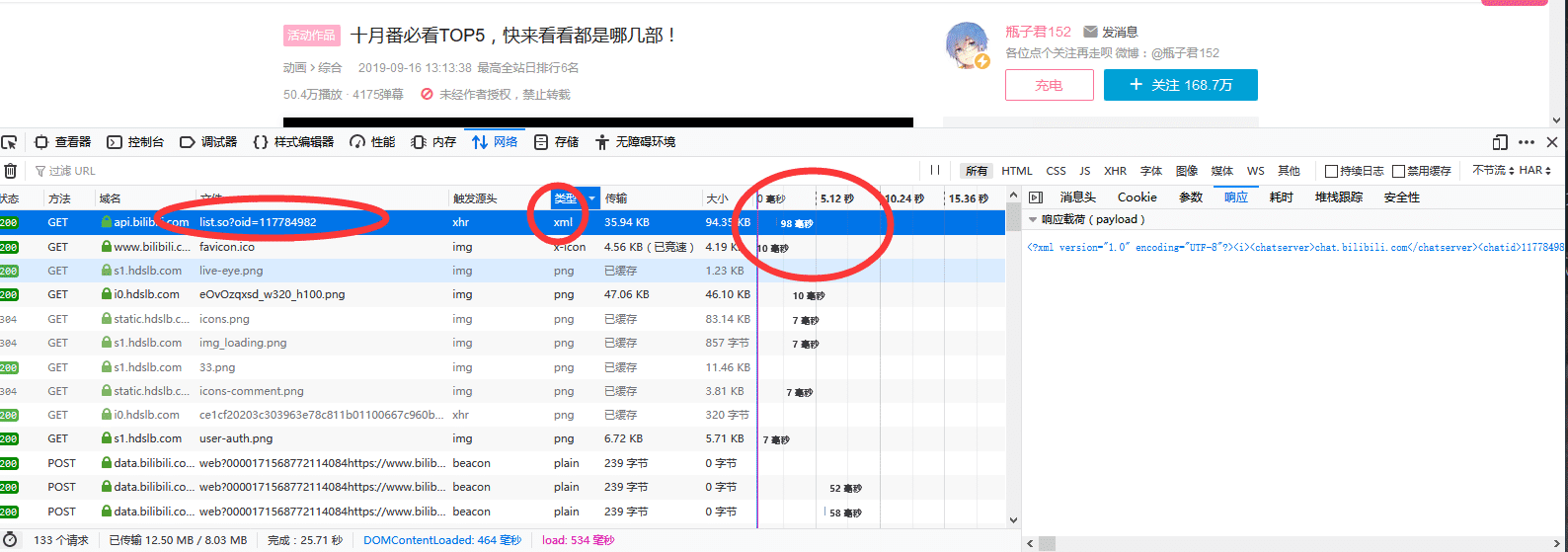Python使用Beautiful Soup包编写爬虫时的一些关键点
1.善于利用soup节点的parent属性
比如对于已经得到了如下html代码:
<td style="padding-left:0" width="60%"><label>November</label> <input type="Hidden" id="cboMonth1" name="cboMonth1" value="11"> </td><td style="padding-right:0;" width="40%"> <label>2012</label> <input type="Hidden" id="cboYear1" name="cboYear1" value="2012"> </td>
的soup变量eachMonthHeader了。
想要提取其中的
Month的label的值:November
和Year的label的值:2012
最简单,也是最省事的办法是,直接搜两个label,然后肯定会找到这两个label,然后分别对应着Month和Year的label,然后获得对应的string即可:
foundTwoLabel = eachMonthHeader.findAll("label");
print "foundTwoLabel=",foundTwoLabel;
monthLabel = foundTwoLabel[0];
yearLabel = foundTwoLabel[1];
monthStr = monthLabel.string;
yearStr = yearLabel.string;
print "monthStr=",monthStr; # monthStr= November
print "yearStr=",yearStr; # yearStr= 2012
但是很明显,这样的逻辑性很不好,而且万一处理多个这样的soup变量,而且两者的顺便颠倒了,那么结果也就错误了。
此时,可以考虑利用soup变量的parent属性,从一个soup变量本身,获得其上一级的soup变量。
示例代码如下:
# <td style="padding-left:0" width="60%"><label>November</label>
# <input type="Hidden" id="cboMonth1" name="cboMonth1" value="11">
# </td><td style="padding-right:0;" width="40%">
# <label>2012</label>
# <input type="Hidden" id="cboYear1" name="cboYear1" value="2012">
# </td>
foundCboMonth = eachMonthHeader.find("input", {"id":re.compile("cboMonth\d+")});
#print "foundCboMonth=",foundCboMonth;
tdMonth = foundCboMonth.parent;
#print "tdMonth=",tdMonth;
tdMonthLabel = tdMonth.label;
#print "tdMonthLabel=",tdMonthLabel;
monthStr = tdMonthLabel.string;
print "monthStr=",monthStr;
foundCboYear = eachMonthHeader.find("input", {"id":re.compile("cboYear\d+")});
#print "foundCboYear=",foundCboYear;
tdYear = foundCboYear.parent;
#print "tdYear=",tdYear;
tdYearLabel = tdYear.label;
#print "tdYearLabel=",tdYearLabel;
yearStr = tdYearLabel.string;
print "yearStr=",yearStr;
我们再来看一个例子:
from BeautifulSoup import BeautifulSoup
doc = ['<html><head><title>Page title</title></head>',
'<body><p id="firstpara" align="center">This is paragraph <b>one</b>.',
'<p id="secondpara" align="blah">This is paragraph <b>two</b>.',
'</html>']
soup = BeautifulSoup(''.join(doc))
print soup.prettify()
# <html>
# <head>
# <title>
# Page title
# </title>
# </head>
# <body>
# <p id="firstpara" align="center">
# This is paragraph
# <b>
# one
# </b>
# .
# </p>
# <p id="secondpara" align="blah">
# This is paragraph
# <b>
# two
# </b>
# .
# </p>
# </body>
# </html>
这个例子中,<HEAD> Tag的parent是<HTML> Tag. <HTML> Tag 的parent是BeautifulSoup 剖析对象自己。 剖析对象的parent是None. 利用parent,你可以向前遍历剖析树。
soup.head.parent.name # u'html' soup.head.parent.parent.__class__.__name__ # 'BeautifulSoup' soup.parent == None # True
2.当解析非UTF-8或ASCII编码类型的HTML时,需要指定对应的字符编码
当html为ASCII或UTF-8编码时,可以不指定html字符编码,便可正确解析html为对应的soup:
#这里respHtml是ASCII或UTF-8编码,此时可以不指定编码类型,即可正确解析出对应的soup soup = BeautifulSoup(respHtml);
当html为其他类型编码,比如GB2312的话,则需要指定相应的字符编码,BeautifulSoup才能正确解析出对应的soup:
比如:
#此处respHtml是GB2312编码的,所以要指定该编码类型,BeautifulSoup才能解析出对应的soup htmlCharset = "GB2312"; soup = BeautifulSoup(respHtml, fromEncoding=htmlCharset);

